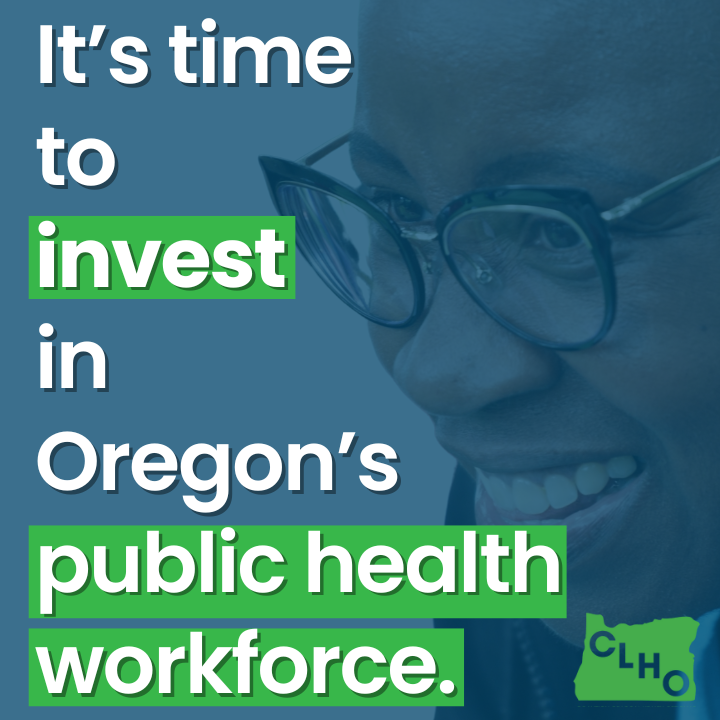An analysis from Avalere Health finds that most individuals in exchanges who reach their maximum out-of-pocket (OOP) cap will be underinsured, despite reduced OOP caps for those below 250 percent of poverty. The Commonwealth Fund[1] defines underinsurance as OOP costs[2] greater than 10 percent of income for those earning more than twice the poverty level and OOP costs greater than 5 percent of income for those earning less than twice the poverty level.
Chronically ill individuals who are enrolled in less generous plans (e.g., Bronze or Silver) are likely to reach their OOP maximum each year. Most of these individuals will have OOP maxes well above the definition for underinsurance. For instance, a man earning $23,000 (just over 200% of poverty) will have a reduced OOP max of $5,200[3]. That represents 23 percent of his annual income, more than twice the Commonwealth definition of underinsurance.
“Patients with high healthcare needs will benefit the most from new out-of-pocket caps, but they will still face considerable expenses before they reach the cap. These costs could result in inadequate or inconsistent care for high-need, low-income exchange enrollees,” said Caroline Pearson, vice president at Avalere Health.
“The insurance being sold under the exchange is very different from a standard employer plan, and consumers with chronic illnesses will need to anticipate significant out-of-pocket cost.” said Dan Mendelson, CEO of Avalere. “In the longer term, this design raises important questions about what we want insurance to be, and invites a discussion of the rules under which exchange plans will operate.”
Methodology: Avalere Health compared the 2014 out-of-pocket maximums as part of the Affordable Care Act to income as a percent of the poverty level for 2013. Regulatory text on the out-of-pocket caps is unclear about which cap will apply to people falling directly at the top of each income band as a percent of poverty. For this analysis we assume that those earning 200 percent of poverty have a cap of $5,200 and those earning 250 percent of poverty have a gap of $6,350. Avalere compared the OOP cap as a percent of income to the Commonwealth Fund definition of underinsurance.
Individuals earning less than 138 percent of poverty who reside in states that expand Medicaid will be enrolled in Medicaid coverage with lower cost-sharing, which is likely to reduce their out-of-pocket costs relative to people at the same income in non-expansion states.
Analysis: Despite Subsidies, Chronically Ill Individuals Will Be Underinsured in Exchanges
December 5, 2013
